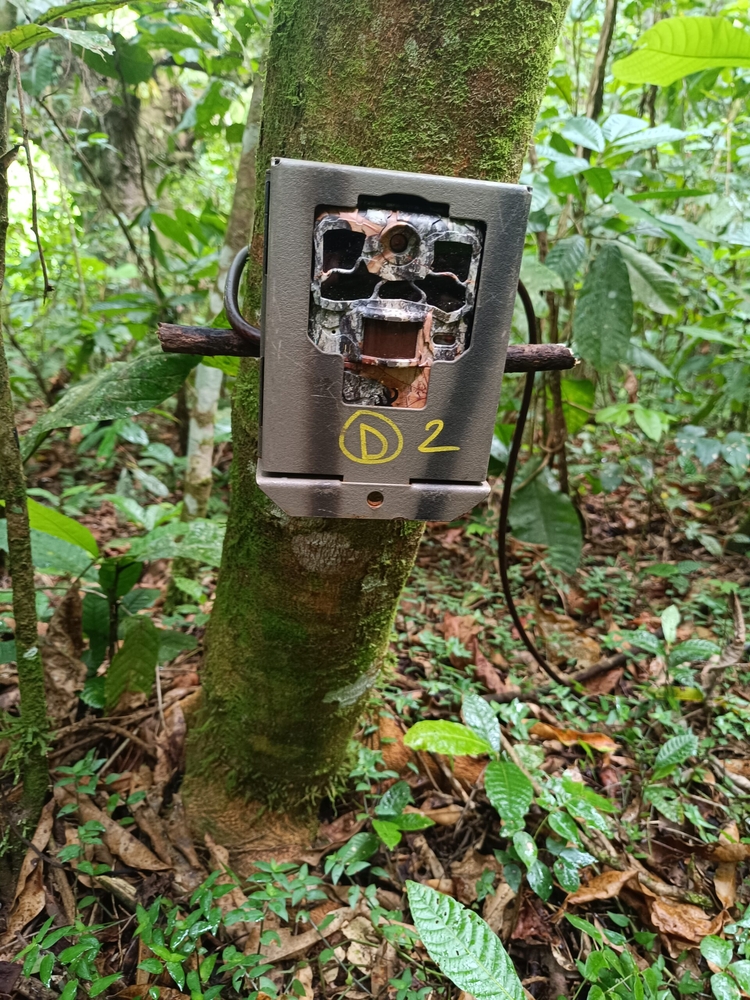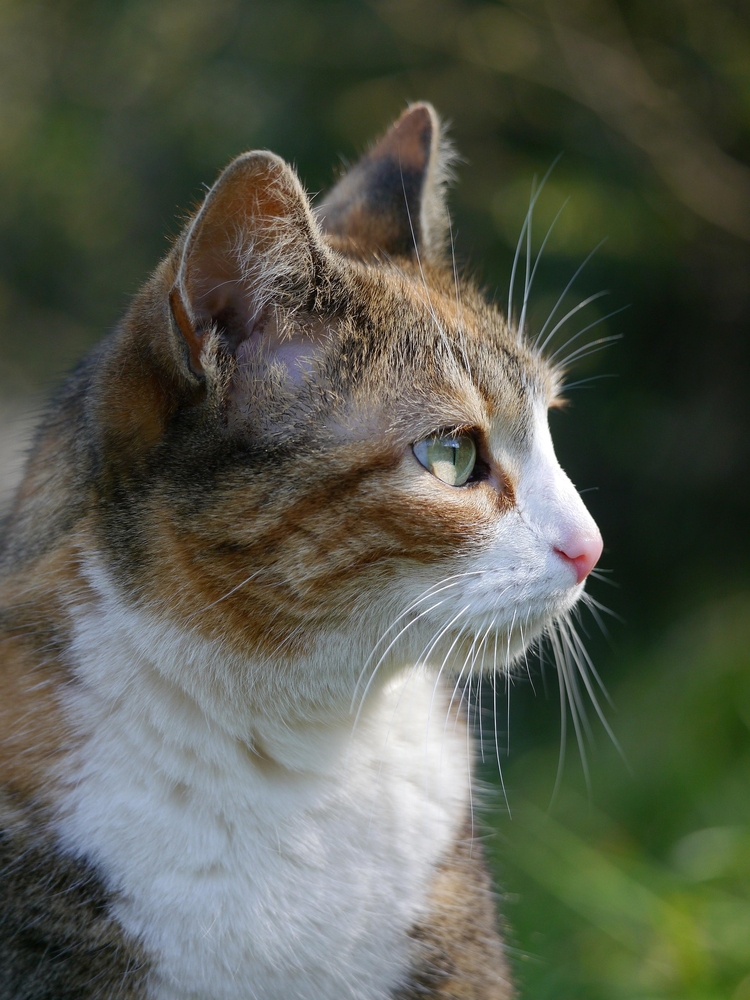PROGRAMME ET MÉTHODOLOGIE

Understand
Axis 1 – Analysis of the spatial distribution, abundance and impact on local biodiversity of exotic predatory mammals
The first focus of the CIMBA project aims to better understand the presence, abundance, and impact of predatory exotic mammals in the West Indies. Four species are targeted: the black rat (Rattus rattus), the small Indian mongoose (Herpestes auropunctatus), and stray cats and dogs.
This scientific fieldwork relies on several complementary methods:
- Camera trapping: deployment of cameras to assess the distribution and activity of target species
- Diet analysis: study of stomach contents or feces to identify consumed prey
- Ecological modeling: mapping of the most affected areas and assessment of interactions between invasive and local species
The objective is to obtain quantitative and precise data to effectively justify and design future control measures. By combining these analyses, the CIMBA project will establish a reliable assessment of the threat these exotic mammals pose to local wildlife and lay the scientific foundations for management actions.
ACT
Axis 2 – Conducting, evaluating and optimizing actions to limit the impact of exotic mammals within protected areas
The second focus of the CIMBA project aims to test, improve, and implement effective control methods adapted to local realities. The objective is to limit the proliferation of these invasive species while ensuring approaches that respect biodiversity and are socially acceptable.
The actions implemented are as follows:
- Evaluating the effectiveness of control methods: comparing trapping, targeted eradication, and population control techniques.
- Studying predator interactions: taking into account the indirect effects of control (e.g., rodent proliferation after the reduction of feral cats).
- Testing alternatives to lethal measures: evaluating solutions such as the use of collars with bells to limit the impact of stray cats and dogs.
By relying on rigorous field monitoring, CIMBA will optimize invasive species management strategies and provide protected area managers with effective tools to sustainably preserve the biodiversity of the Antilles.


COOPERATE
Axis 3 – Coordination of the network of actors and strengthening of surveillance
The fight against invasive alien mammals cannot be effective without strong regional cooperation and knowledge sharing. The third pillar of the CIMBA project aims to structure a network of committed stakeholders to improve monitoring, facilitate information exchange, and harmonize management strategies across the Caribbean.
Key actions under this pillar include:
- The establishment of a working group on alien mammal control and monitoring techniques.
- A regional survey of natural area managers to better understand their needs and challenges in dealing with these species.
- Training and support for local stakeholders (protected area managers, technicians, researchers) to strengthen their skills in ecological monitoring and invasive species control.
Through this collaborative approach, the CIMBA project will improve the coordination of efforts between Guadeloupe, Haiti, and the Dominican Republic, while integrating local stakeholders into a sustainable approach to biodiversity monitoring and management.
SENSITIZE
Axis 4 – Implementation of an information and awareness campaign for the general public
The success of invasive alien mammal control efforts depends largely on the support and involvement of local communities. The fourth pillar of the CIMBA project aims to better understand public perceptions of these species and raise awareness of the ecological and health issues associated with their proliferation.
The main actions under this pillar include:
- Surveying local populations in Guadeloupe, Haiti, and the Dominican Republic to assess their perceptions of alien mammals and management measures.
- Creation of educational communication materials (brochures, videos, information panels) adapted to local contexts and available in several languages (French, English, Spanish, Creole).
- Public awareness campaigns relayed through the media, schools, and social media to raise awareness of the impact of alien mammals and promote behaviors that support biodiversity.
- Organizing events and workshops to engage with residents, protected area managers, and local stakeholders.
Thanks to this approach, the CIMBA project is not limited to scientific and technical actions, but fully integrates the human factor to guarantee the effectiveness and sustainability of conservation measures in the Caribbean.

